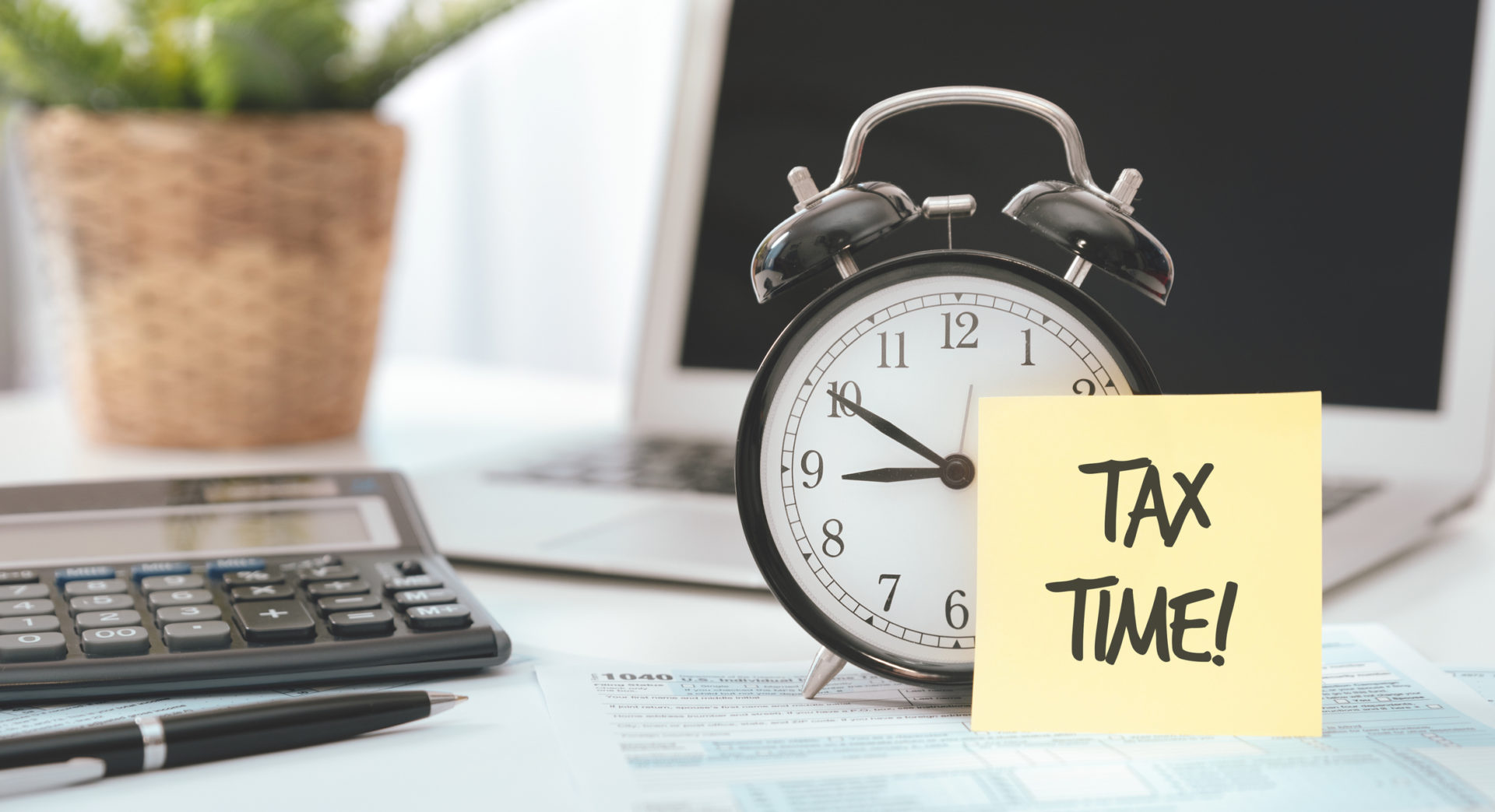Economic and Market Update – April 2021
At Onyx Bridge Wealth Group, it is important to us that you are well informed about what’s happening in the markets. Here are a few of the key topics of conversation that we feel deserve the most attention this month. If you have any questions or would like to continue the conversation, let us know, and we appreciate the opportunity.
The good times are certainly rolling here in Q2. The stock market reached all-time highs, with the S&P 500 closing above 4,000 for the first time on April 1st, and continues to build momentum. The strength has largely been driven by faster-than-expected vaccine distribution, stimulus payments, and recovering economic data. We don’t expect the halt in Johnson & Johnson’s vaccine usage to put a meaningful dent in the market rally.
One of the more interesting market stories is the boom in SPACs over the first part of the year, as well as rising interest rates, which have helped boost earnings and shares of large banks, such as Goldman Sachs. Goldman soundly beat first-quarter earnings estimates with results that blew through analyst estimates and showed growth of 498% from the prior year (1). While the results were without a doubt impressive, the yearly growth is a great example of how yearly comparisons can easily look exaggerated right now since they are being compared to the height of the pandemic. We expect corporate earnings (carried by positive economic data) to be strong this earnings season and justify higher market levels.
Earlier this month, President Biden unveiled a $2 trillion infrastructure plan which called for a significant investment in physical infrastructure and set the stage for hard negotiations in Congress over how the plan would be funded. In the initial proposal from the Biden administration, corporate taxes would be raised to help fund the projects, which a few Democrats have signaled they would be unlikely to support. Every Democrat vote will be needed if the Biden administration intends to pass a substantial portion of the plan through a process called budget reconciliation which avoids threats from the filibuster. From our perspective, the proposed taxes do not pose a serious risk to corporate balance sheets and are unlikely to roil markets.
The inflation number is very important these days as it signals how “hot” the economy is running. Too hot is a bad thing, so keeping inflation in check allows the Fed to continue its low-interest-rate policy. Inflation in March was slightly above economists’ predictions, with headline prices increasing 0.6% from last month and 2.6% from last year (2). A major contributor to the increase was due to energy, especially gasoline, prices as the economic recovery and reopenings continue. Although 2.6% inflation is high relative to the past decade, that number was in line with expectations.
For its part, the Federal Reserve downplayed inflation risks saying the recovery needs more time for the economy to get back to where it was before the pandemic. Chairman Powell highlighted the remaining problems in the labor market as evidence of needing to keep interest rates low. To this point, as of the end of March, the economy is still short nearly 8.4M (3) jobs compared to February of last year – though this number improved dramatically in March with a much better than expected jobs report. The March job’s report showed the U.S. economy added 916K new jobs, which was much better than the expected 660K gain or the 468K gain back in February and pushing the unemployment rate down slightly to 6.0%.
Last but not least, consumers are spending money – LOTS of money – these days. Aided by the last round of stimulus efforts by Congress, retail sales data came out strong in March, with retail sales blowing past expectations. Economists surveyed by Bloomberg expected a gain of 5.8% versus February’s numbers, but spending actually increased 9.8% (4). This was the second-largest gain ever, and while we have seen stimulus-driven spending pops before, this one was also aided by the broader reopening of the economy as well as improved weather compared to February’s storms and cold snap. With consumers driving nearly 70% of the economy, Q1 GDP may come in above expectations.
Bottom line: We believe the markets and economy are in a good spot right now. The economy is recovering, companies’ balance sheets are healthy, inflation is high but near expectations, and rates are still historically low. There is a substantial risk that volatility comes back into the markets in the form of a “stimulus hangover” as we get deeper into 2021 – but for this month, we will enjoy the recovery.
(1) Goldman Sachs. (2021, April). First Quarter 2021 Earnings Results. The Goldman Sachs Group, Inc. https://www.goldmansachs.com/media-relations/press-releases/current/pdfs/2021-q1-results.pdf
(2) CPI Home : U.S. Bureau of Labor Statistics. (2017, October 11). U.S. Bureau of Labor Statistics. https://www.bls.gov/cpi
(3) FRED Economic Data – All Employees, Total Nonfarm. (2021, April 2). FRED Economic Data. https://fred.stlouisfed.org/series/PAYEMS
(4) Census Bureau. (2021, April). ADVANCE MONTHLY SALES FOR RETAIL AND FOOD SERVICES, MARCH 2021. U.S. Census Bureau. https://www.census.gov/retail/marts/www/marts_current.pdf

